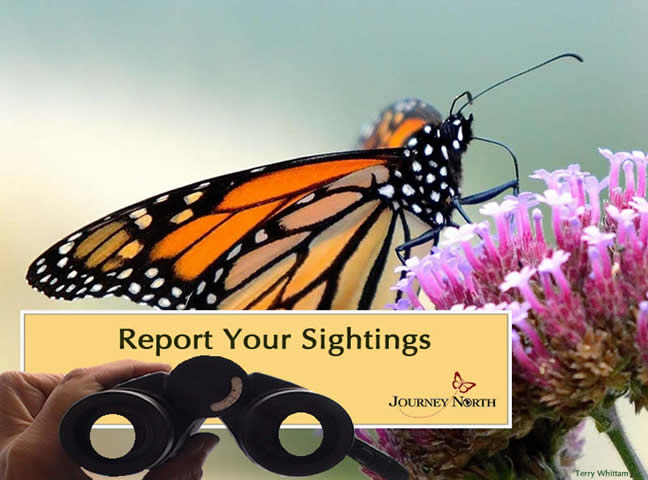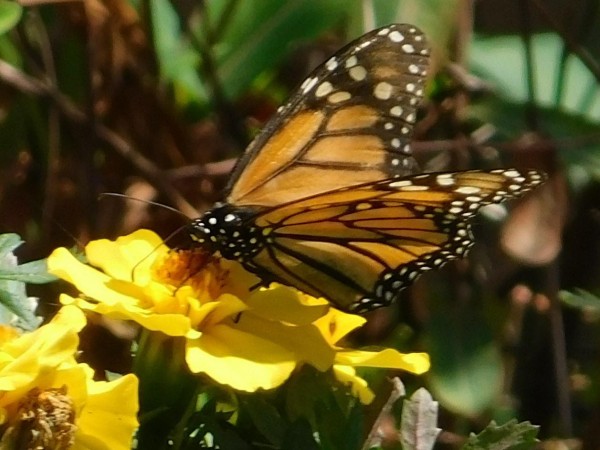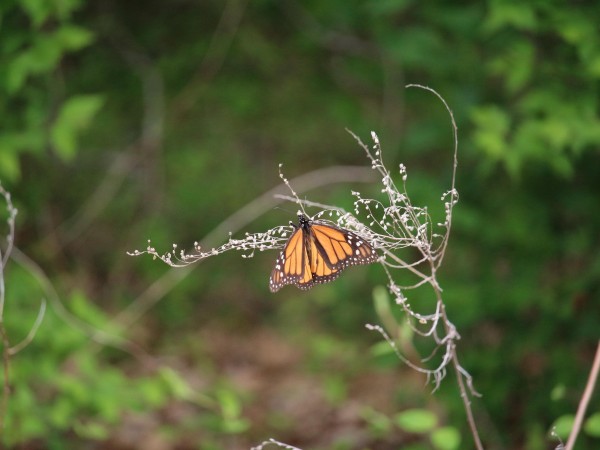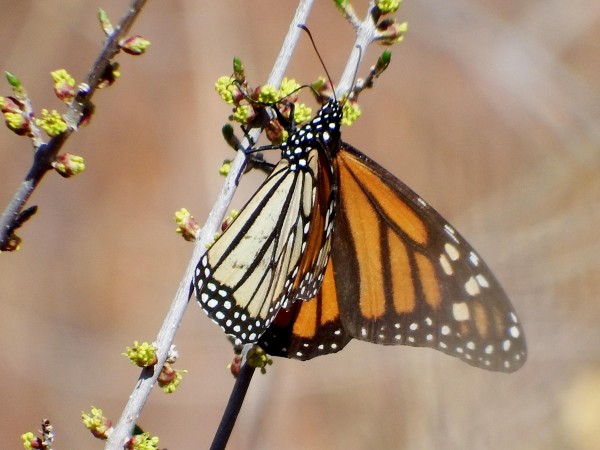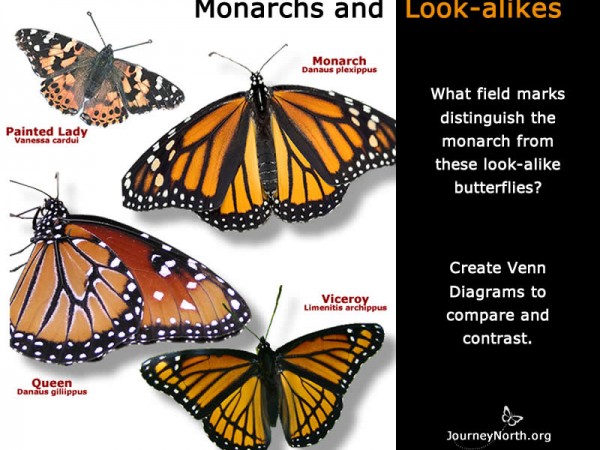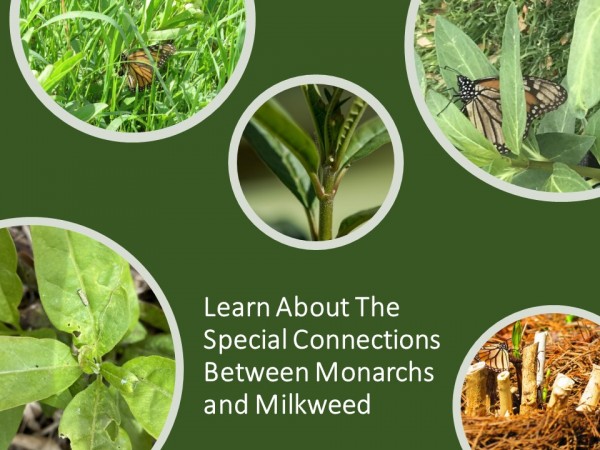Steady Progress
Where is the leading edge of monarch migration this week? Read on to find out. As migration progresses, remember to plant milkweed and nectar-rich flowers. And report your observations of monarchs to Journey North.
Eastern Monarch Population
Migrating Monarchs
There have been a flurry of reports from northeast Texas and throughout Oklahoma. The leading edge of migration (latitude 37°N) is following the same pattern as 2020. Farther east, monarchs are making their way up the East Coast through the Carolinas.
Jim in Arlington, TX: "First [Monarch Butterfly] sighting of the spring. Seen on a marigold." (04/01/2021)
Sandra in Mounds, OK: "Saw my first Monarch today. And this afternoon, I watched two males chasing each other in the backyard. One was tattered, and the other was fresh." (04/06/2021)
Stephen in Hillsborough, NC: "Sighted on apple tree in our yard. First adult seen." (04/06/2021)
Milkweed, Eggs and Caterpillars
Milkweed emergence is being reported as far north as Ontario.
Mike in Central Huron, ON: "Swamp milkweed showing signs of life at Hullett Marsh." (04/07/2021)
With more monarchs moving across Oklahoma, eggs are now being reported.
Kathryn in Tulsa, OK: "20+ eggs on Common Milkweed in a garden designed for milkweed and zinnias." (04/06/2021)
Reports of Larvae are still largely concentrated in Texas.
Leslie in Houston, TX: "Saw 3 small monarch caterpillars on the milkweed in my garden. Eggs are there, too." (04/05/2021)
Western Monarch Population
Out West, Gail Morris shares news of low numbers of new sightings, but this is not a surprise given the time of year. But there is good news: the first reports of monarchs in New Mexico have come in. Gail writes, "Temperatures soared this week but the number of new first sightings of monarchs remained low, typical for this time in the season . . . Overwintering monarchs are now reaching the end of their lives, so fields may look empty of adult monarchs flying . . . New Mexico now reported their first monarch just north of the Mexican border this week and in Arizona a new sighting appeared in the borderlands in the Southeast. Could these monarchs be remigrating from Mexico?"
Read more of Gail Morris’ Letter: Western Monarch Spring Report #6
Watch for Monarch “Look–alikes” and Keep Reporting
Other butterfly species such as American snout, viceroy, queen and painted lady can resemble monarchs from a distance. Identification isn’t always easy – especially when butterflies are flying – so be sure to review what distinguishes monarchs from look–alikes.
Remember to report your monarch observations to Journey North. If possible, please include photos in your reports – we have not received many with photos. Photos help verify reports. And please make sure your photo is properly rotated before submitting.
April is Citizen Science Month!
In just a couple of years, Citizen Science Month has grown from a single day of events, to a coordinated effort supported by SciStarter, the National Library of Medicine, Arizona State University, the Citizen Science Association, Science Friday, National Geographic, and many other collaborators from around the world. Citizen Science Month encompasses online events and opportunities to contribute to citizen science initiatives from home. This April, Journey North celebrates our citizen scientists and encourages others to join this important effort. Watch our Journey North video to learn how to participate. And learn more about Citizen Science Month and other Journey North projects here.


